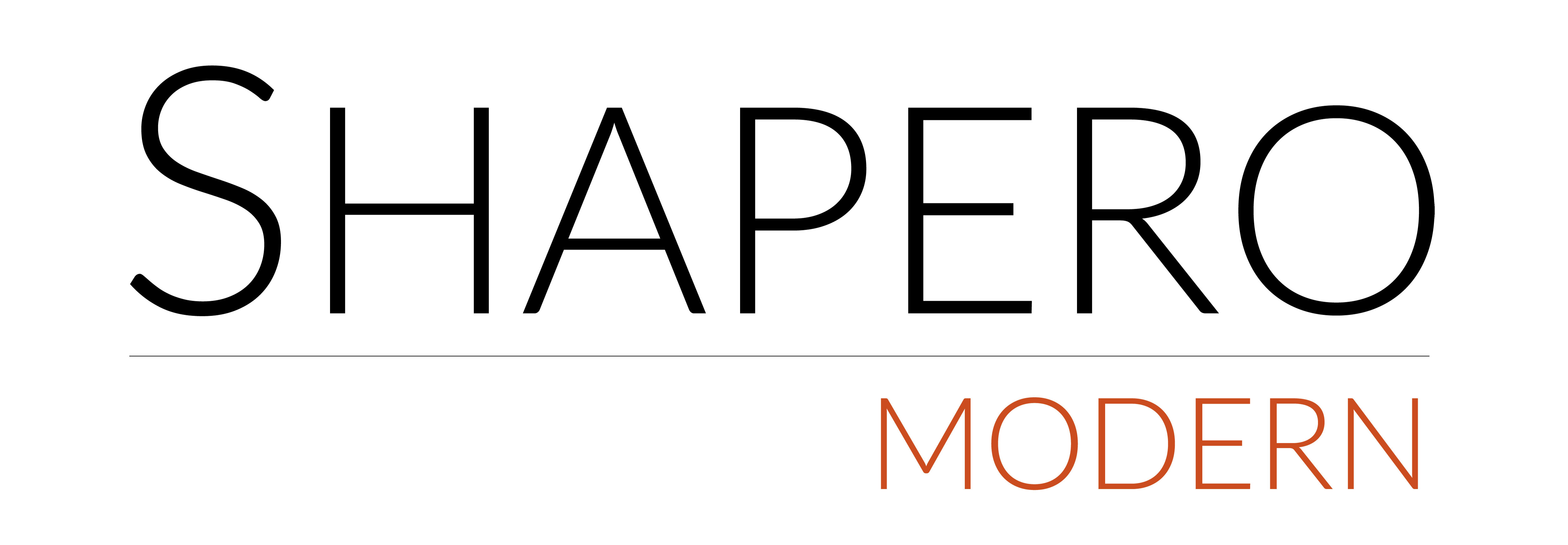
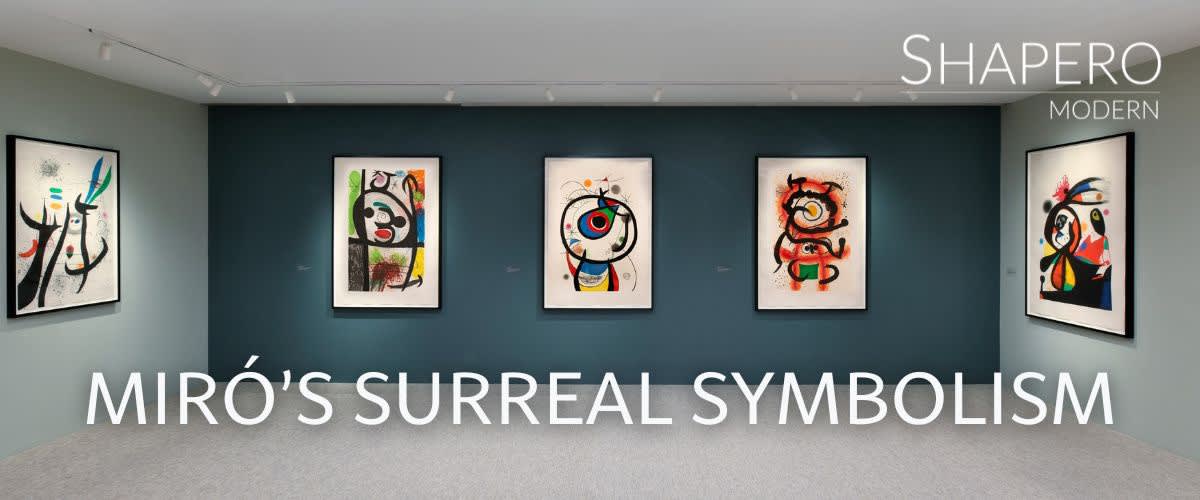 Monumental Printmaking
Monumental Printmaking
Joan Miró’s innovative use of symbolism was central to his artistic vision. Developing a unique lexicon of signs and shapes—stars, eyes, and birds—he created a visual language that invited viewers to engage his fantastical worlds. These recurring motifs not only defined his work but also influenced generations of artists to explore symbolism with greater depth and meaning.
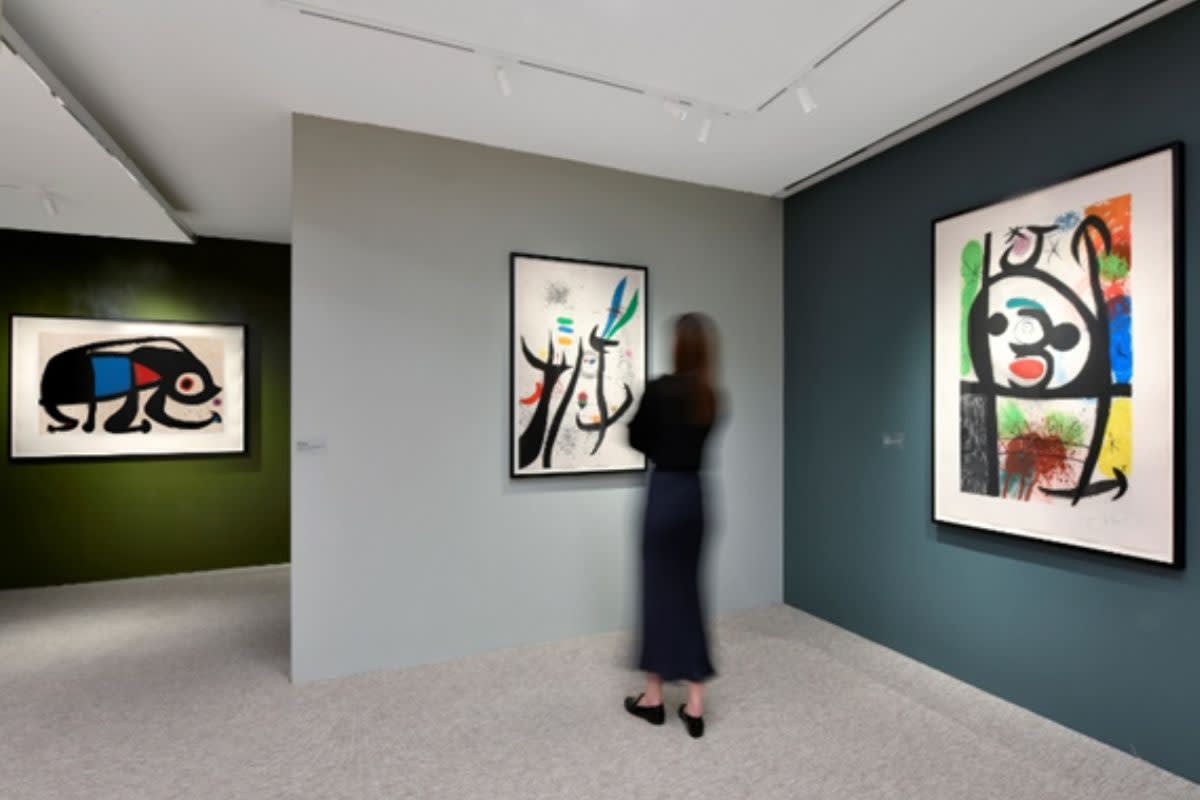
From left: Le Rat des Sables, 1975; La Femme Arborescente, 1974; La Femme Toupie, 1974.
Highlights from Monumental Printmaking

Joan Miró, La Femme Toupie, 1974
La Femme Toupie showcases Miró’s signature use of symbols. The print bursts with bright colours, as a spinning female figure emerges distinctly with large black eyes, a nose, and red mouth. Stars crown her head while swirling grey and orange washes enhance the print’s sense of movement, demonstrating Miró’s use of symbols to convey both spontaneity and a deep emotional resonance.
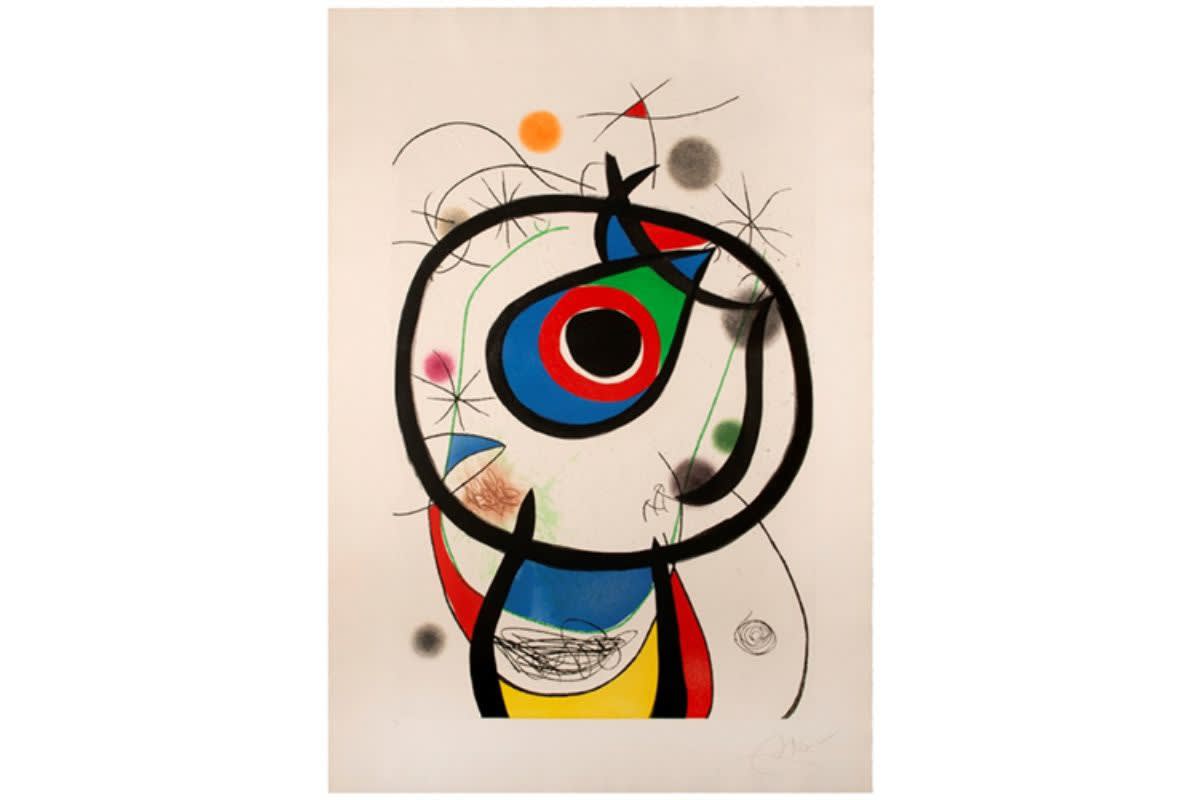
Joan Miró, Galathée, 1976
Galathée is another striking example of Miró’s ability to create fantastical landscapes by blending symbolism and myth. Through the title of the work, Miró references the Greek legend of Pygmalion’s ivory statue, which was brought to life by the goddess Aphrodite. This connection adds a mythological resonance to Miró’s abstract elements, showcasing the artist’s ability to evoke fantastical imagery through simple, yet dynamic symbols and colours.
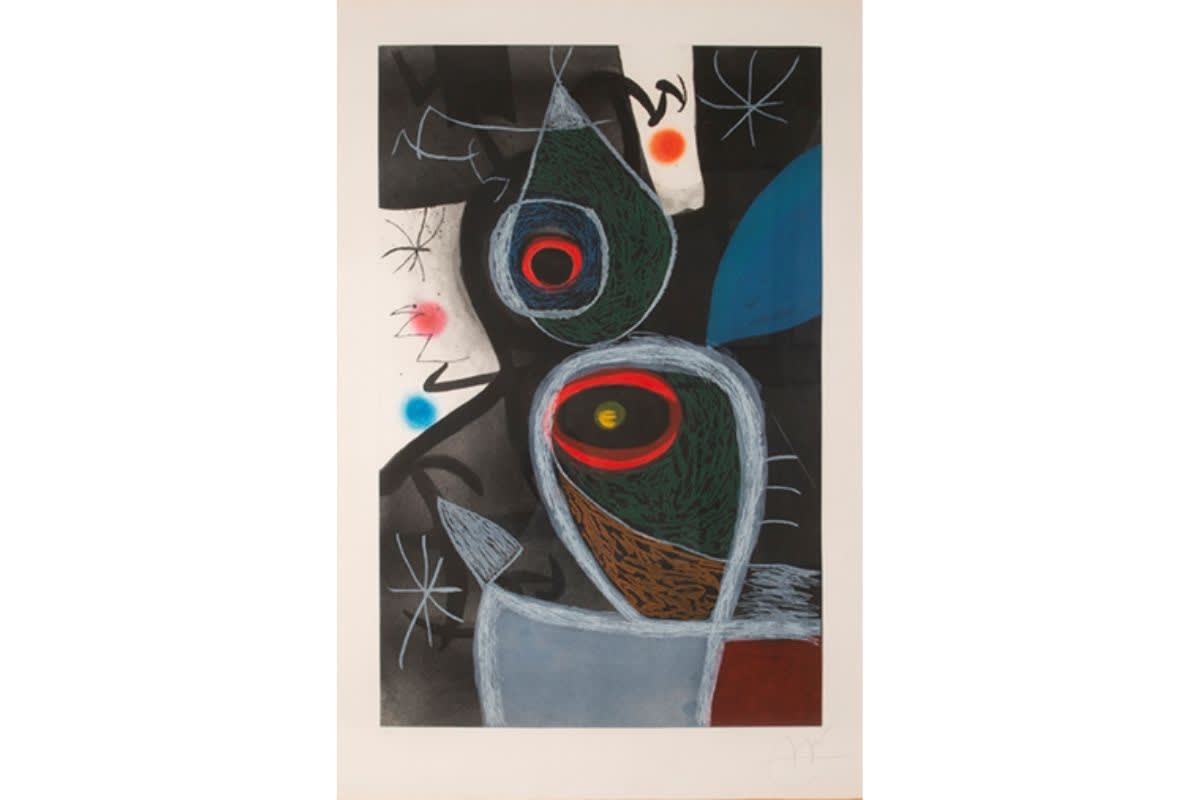
Joan Miró, Le Somnambule, 1977
Meanwhile, La Somnambule brings Miró’s fascination with the subconscious to life. Depicted in the composition is a dynamic combination of floating visual elements, layered to create a sense of depth and movement. Subtle cloud accents, along with vigorous linework, give the piece a playful spontaneity. Unexpected bursts of red, orange, and blue spots surround the central abstracted form, hinting at a starlit mask with viewer space. Dominated by dark hues, the final panel uses subtle areas of white to shine through the background, enhancing the image’s overall dreamlike quality.
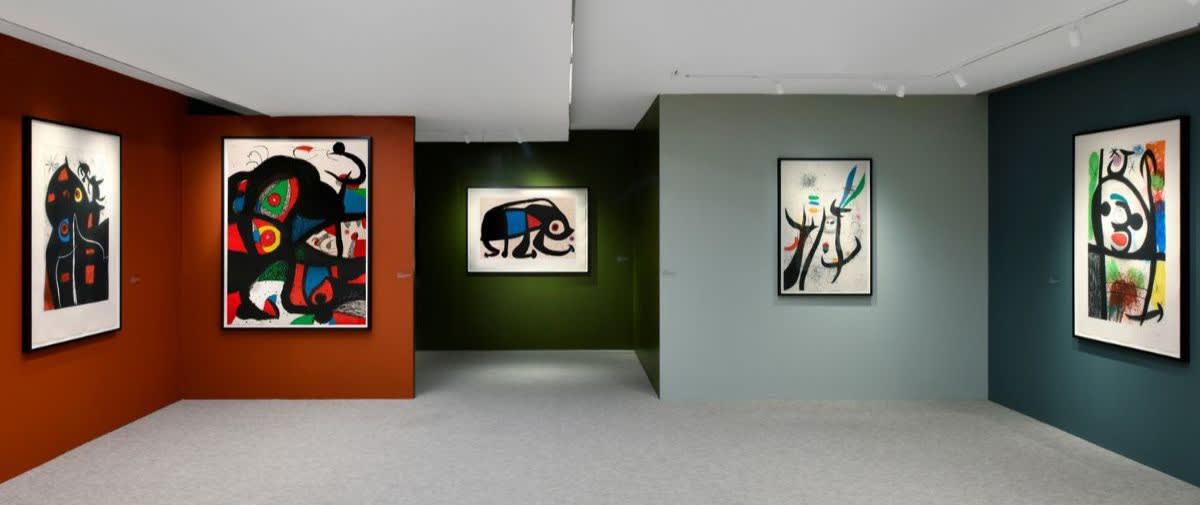
From left: Pantagruel, 1978'; Gargantua, 1977; Le Rat des Sables, 1975; La Femme Arborescente, 1974; La Femme Toupie, 1974.
